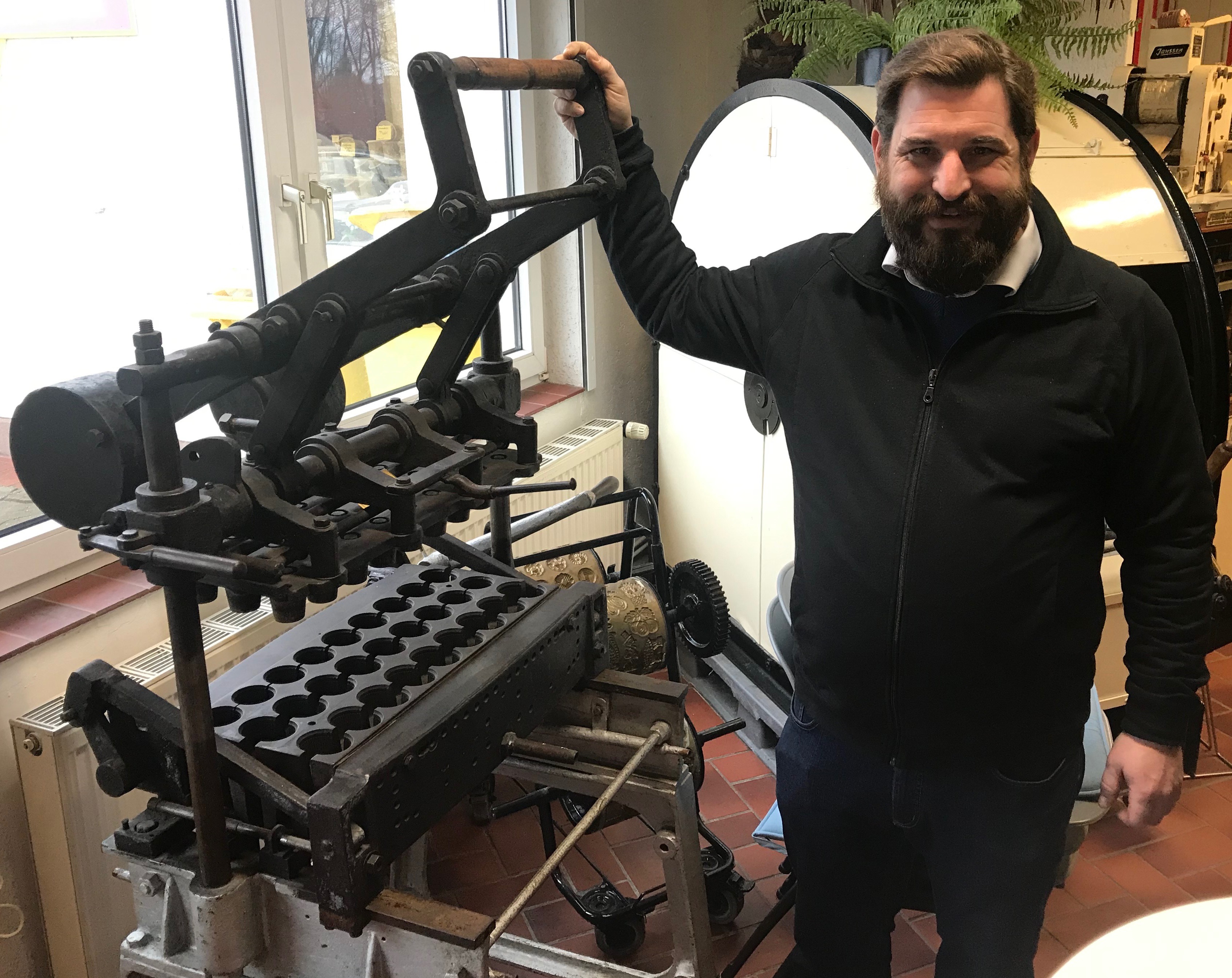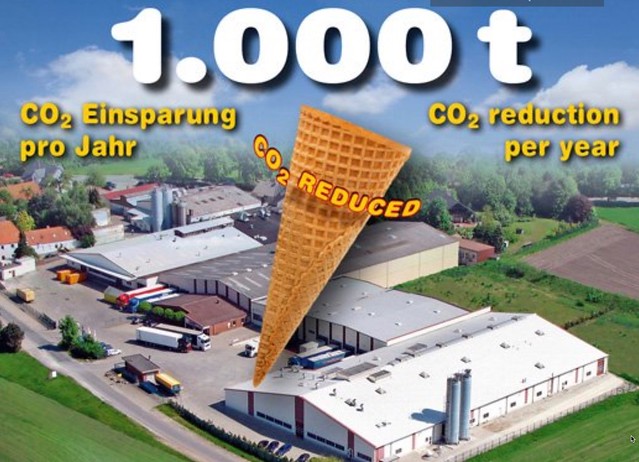By David Dodge and Scott Rollans
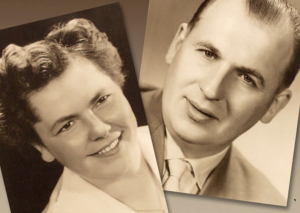
A German waffle cone factory has sparked an ingenious small-scale green energy initiative—one that could serve as a template for other heat-wasting small-town factories.
Christian Meyer zu Venne lives in Venne, Germany, a small village of 2,000 people in northwestern Germany. The village is named after Venne’s family, which has lived there for 500 years.
When Christian’s grandfather Wilhelm Meyer zu Venne came home from World War II, he decided to become a baker rather than work the family farm. But, the village already had a baker, so grandpa Venne got inventive.
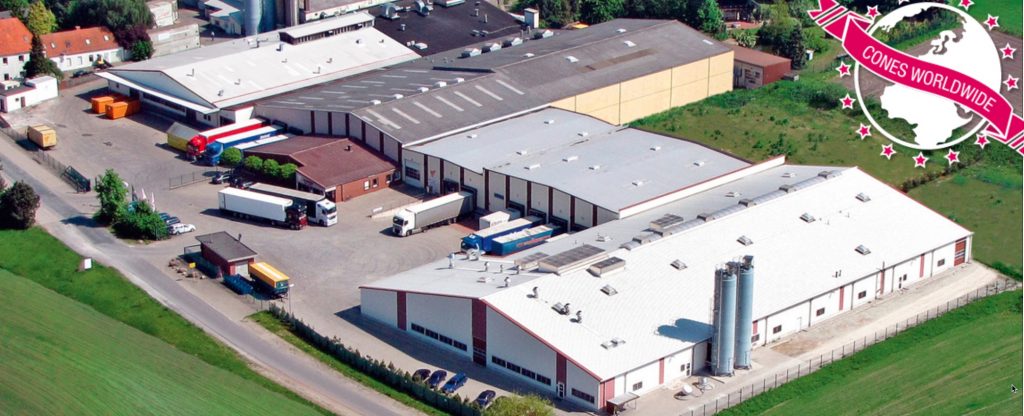
Homespun idea turned into the largest waffle cone factory in Europe.
“My grandfather started in 1949 baking cones in his farmhouse in the middle of the village,” says Christian. “Just to have some waffle cones for ice cream in their house.”
Townspeople sampled his cones and, before long, word spread to surrounding cities. So, Venne’s grandfather launched Waffel Meyer, a company that has since grown into Europe’s largest producer of waffle cones. The company is still located in the village, and its 200 employees churn out 2.4 billion waffle cones each year.
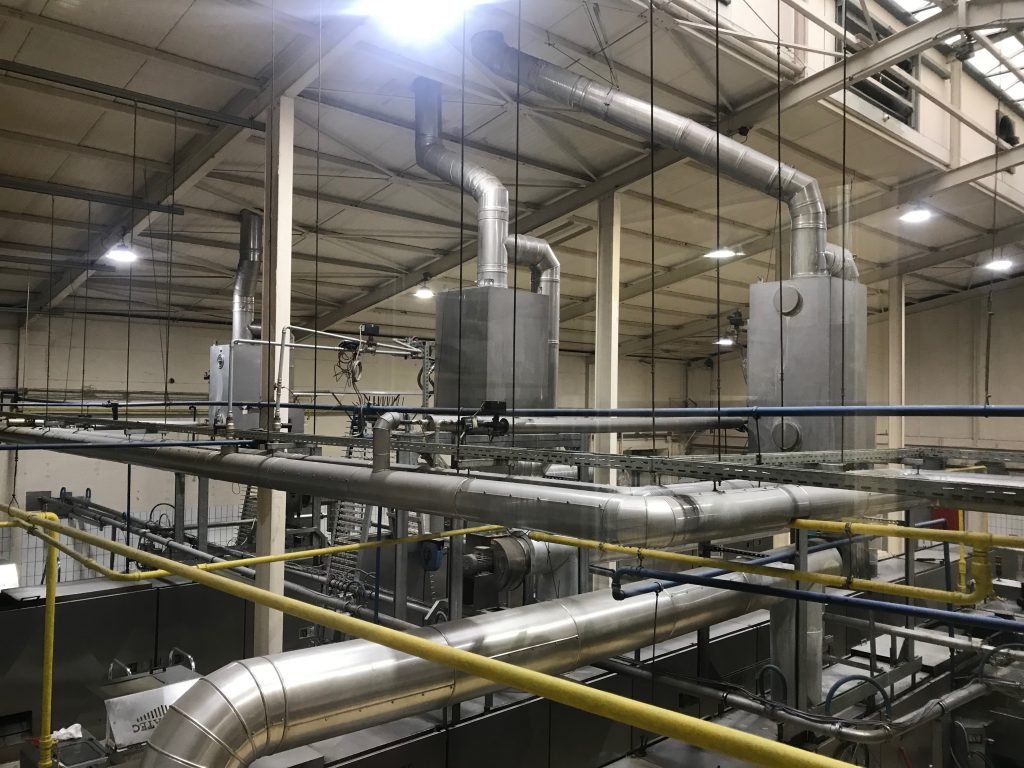
Christian’s world is very different from that of his grandfather’s. As climate change has emerged as a defining issue of our time, Germany has responded with Energiewende, a planned energy transition to low carbon fuels.
“Producing waffle cones generates a lot of waste heat,” says Venne. After decades of blowing that hot air into the atmosphere, Venne and his family began to look at other options.
They were unable to find another local business that could use the excess heat. “Then we got the idea to have not one big user,” Christian says. “We should look for a lot of small users.”
Village homes heated with waste heat
Residents of the community got together to form a cooperative and devised a district heating system for the village.
“So, in this system, we were able to create a price which is comparable to the gas and the oil price, but much more better for the environment,” says Christian.

Today, 160 of the 400 homes in the village are connected to the district heating system—along with a church, restaurants, the school, and the kindergarten. Together, they have reduced their emissions from heating by 80 per cent.
“Because also Waffel-Meyer is connected to the network and uses the green power of the warm water network and they voted me to a member of the board.” Christian is also a volunteer in the cooperative. “And I’m very proud to do that job,” he says.
“Every product will have CO2 labeling”
“It’s nice to for a factory like us to have this cooperative, and it’s good to work with all the neighbors from the village. So it’s like a big family and everybody has profits from this project.”
Christian believes other businesses could learn from Waffel Meyer’s example. “They should think about saving CO2 and not have the focus on earning money because I think in the future every product will have CO2 labeling (and their) carbon footprint.”
“If you want to be better than your competition, you have to think about, how can I reduce my carbon footprint?”
Thanks to Michael Wolters of the City of Rheine and Andreas Witte Head of Climate and Energy in the District of Osnabrük for organizing our tour of Waffel Meyer.
